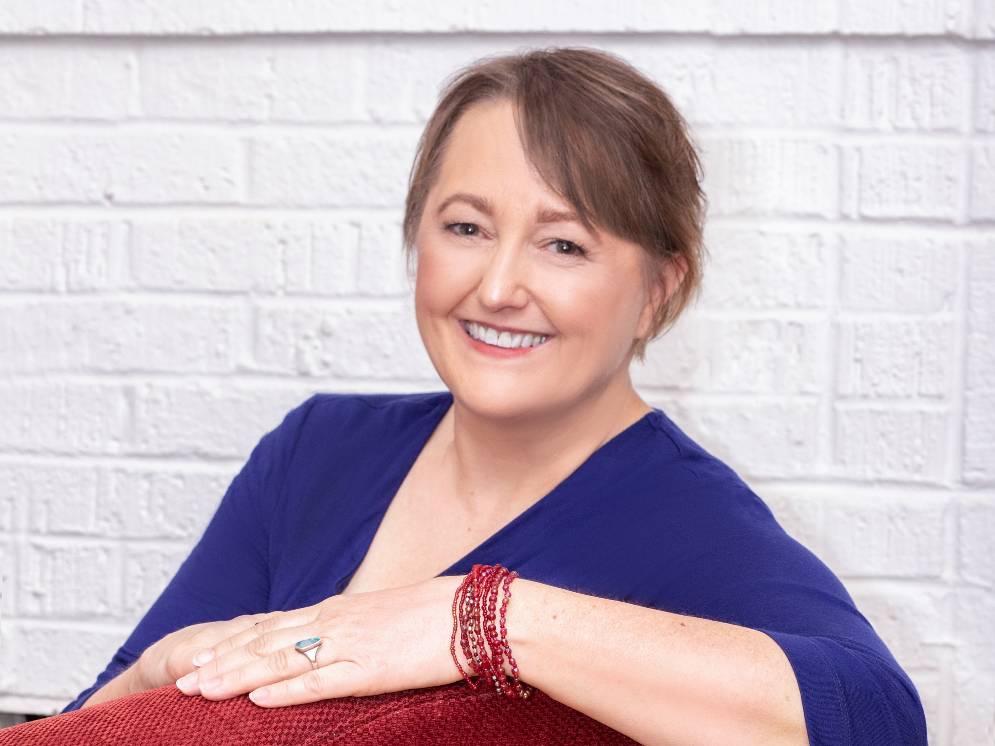Reframing the Narrative: Gender and Sexuality in Modern America
April 17, 2025

This spring semester, professor of history Carolyn Eastman, Ph.D., is teaching a different version of a course than she has offered in the past: Gender and Sexuality in Modern America. She previously taught a two-semester long History of Women and Gender, as well as a one-semester the History of Sexuality in America, 1600-Present. For her current course, she has combined elements of both covering material that she describes as “poorly understood in today’s world.”
“We’re talking about larger questions: whether women should have the right to vote, questions about the morality of the right to birth control, and whether LGBTQ people should be visible and part of a broader conversation,” Eastman said. “A lot of those issues are in the news all the time, and so that gives the history of them even more weight.”
In her class, which is filled with students of all genders, sexualities, races, ethnicities and religions, Eastman touches on topics such as sex education in school, interracial sex and marriage, abortion, the beauty industry, immigration, the lavender scare, HIV/AIDS and sexual harassment. While some of these subjects may be conflict-laden, as she describes in her syllabus, she aims to have her students take in and understand all perspectives of history, and she aids them in considering the ways this history is important to the present and to the future.
“These issues feel urgent to a lot of our students,” Eastman said. “They’re trying to figure out, given the kinds of social and political changes in the U.S. and in the world, how they are going to engage? How are they going to find a place in the world if some possibilities are being shut down?”
Eastman has assigned her class readings and videos such as “The Yellow Wallpaper” by Charlotte Perkins Gilman, excerpts from Jade Snow Wong's memoir “Fifth Chinese Daughter,” and the documentary “La Operción” (1982) by Ana Maria Garcia, all of which are meant to provoke deeper thinking and create an open-minded dialogue in her class.
Touching on transgender history, Eastman provided the example of the first person to receive a sex change in the U.S., back in 1951: Christine Jorgensen, who held a view of gender that was “very much at odds” with the psychological and medical experts who were around during her lifetime. Jorgensen used her fame and platform to become an advocate for transgender people.
“I think that when you look at history, the tendency is to think that it’s some kind of dark age of sex change,” Eastman said. “At a time when the United States was more conservative, more oriented to the nuclear family, more conventional and traditional, Christine Jorgensen really shook people up and changed their minds about how gender even works… She really helped people think in new ways about gender functions.”
In another class, Eastman lectured on the history of sex education and STDs/STIs. She discussed the American Plan, a federal program instituted in the late 1910s after the passage by Congress of the Chamberlain-Kahn Act to combat venereal disease–a program that almost entirely targeted women rather than men. This program allowed the military, health officers and police to pick up women suspected of potentially having an STI and forcibly screen them. In those few cases in which the women tested positive, they were confined to an isolation hospital until deemed cured. At minimum, tens of thousands of women were detained under the American Plan for decades; it continued into the 1970s.
The class also features clips from documentaries such as Ken Burns's "Unforgivable Blackness: The Rise and Fall of Jack Johnson," “The Celluloid Closet” (1995) and "The Times of Harvey Milk" (1984); as well as educational and narrative films including "The Sheik" (1921), “U.S.S. V.D.: Ship of Shame” (1942) and "The More the Merrier" (1944). In particular, the class discussions that followed from watching early sex education films used by schools in the U.S. offered students a stark contrast to the research and education revolving around sexually transmitted infections today.
“To some, looking at the history of women, gender, and sexuality can seem like a marginal aspect of American history. But, in fact, I think it’s an illuminating way to see the big picture,” Eastman said. “I think historians of gender and sexuality have always wanted to make the case that gender isn’t simply a subject that one adds to the typical story of U.S. history. It is an essential part of American history; that’s really what this class is trying to emphasize. This is an integral way of understanding the bigger story of this country.”